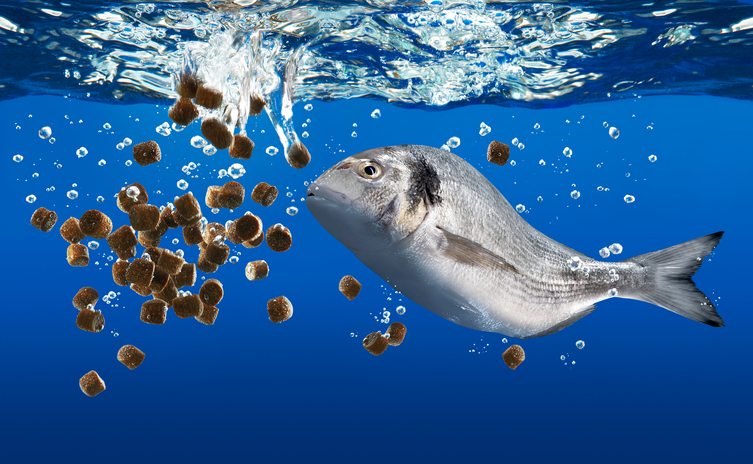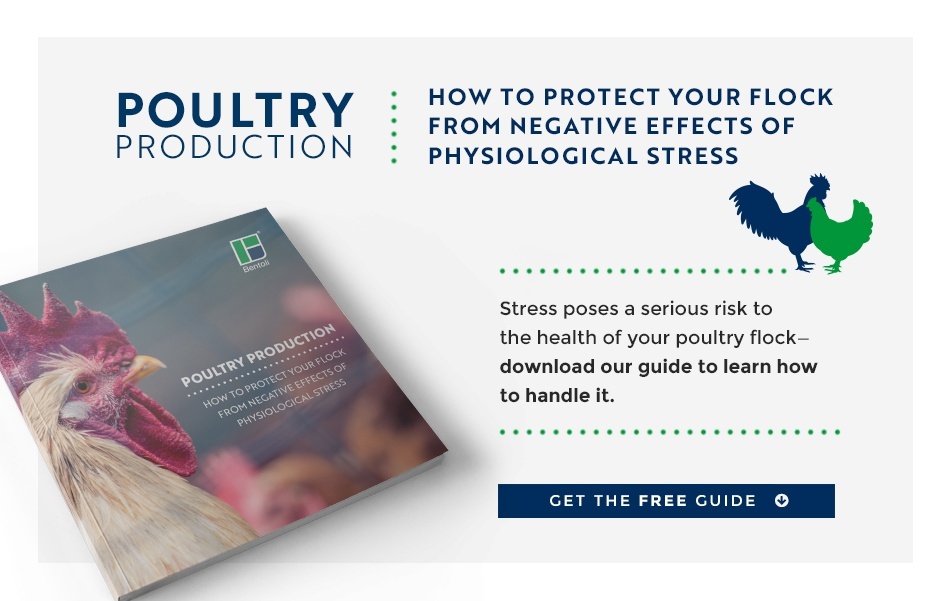
Thousands of aquaculture producers around the world rely on fishmeal to meet the dietary requirements of their aquaculture operations. It’s nutritious, cheap and efficient. However, significant changes could be on the horizon for aquaculture feed.
With growing concern over the unsustainable use of fishmeal made with wild-caught fish (also referred to as “forage fish”), organizations are beginning to search for alternative feed sources.
The Changing Role of Fishmeal
A new database still under development could be the first step towards reducing the use of fish oil and fish byproducts as aquaculture feed. The International Aquaculture Feed Formulation Database aims to provide aquaculture operations of all sizes and shapes with comprehensive information about the exact nutritional requirements required by their fish.
The database was created in part due to the nutritional needs of farmed fish which are not as widely understood as the needs of more traditional livestock, such as poultry or ruminants. Although fishmeal provides a powerful boost of nutrients to the diets of common farm fish breeds, it culminates in the death of millions of wild anchovies, sardines and other animals. Such staggering attrition on wild populations has raised concerns that continued production of fishmeal could cause extreme damage to marine ecosystems.
Evolution Over Time
The answer to the dilemma of fishmeal production lies in creating fishmeal that uses common ingredients. As with feeds for terrestrial livestock, a greater amount of fishmeal will be produced using land-based ingredients, such as cottonseed and proteins derived from vegetables. Some aquaculture operations are turning to fishmeal produced with proteins extracted from certain forms of bacteria.
Changes don’t affect just fish farms. New ingredients, cost and availability will affect operations around the world, including prawn and shrimp farms. Regardless of the end goal, the challenges are the same for each operation: find a feed that offers sustainable growth opportunities and nutrition without overextending resources.
The ongoing fishmeal changes will also have a significant impact on hatcheries. New feeds are being formulated that seek to address the unique nutritional challenges associated with the successful raising of aquaculture into fully-grown adults. An ideal solution would be a feed that offers optimal levels of nutrients and has a positive environmental impact on the population of wild fish.
A Relevant Feed Choice
Although fishmeal is undergoing significant changes, it remains one of the best choices for producers looking to consistently and profitably raise aquaculture livestock. Its use is so widespread that it will continue to play a pivotal role in aquaculture feed for many years to come. The use of fishmeal will likely diminish overtime, but its day-to-day role will not be erased anytime soon.
Farmers and aquaculture producers concerned with experiencing unexpected changes in the health of their livestock due to fishmeal adjustments have two options:
- Switch to diets based on synthetic fish feeds
- Use nutritional supplements and additives
Synthetic feeds may not have the natural properties that most distributors desire on the market but they can provide a healthy alternative when sourced for the right ingredients. Use of nutritional supplements and additives offers a way to promote optimal health for aquaculture livestock that can be used with every type of feed.


Early ppl in India used fishmeal but sudden outbreaks of disease on farms populations stopped it’s use in poultry feed and hatcheries. Although, it has good digestibility compared to vegetable proteins, it increases levels of bacterial contamination in farms and feed mills, which is hard to ignore.
[…] Fishmeal is one of the main food sources used in aquaculture industry operations, but the production of fishmeal from wild-caught fish may be unsustainable. As such, many operations and aquaculture organizations are looking to land-based ingredients—like cottonseed and vegetable proteins—as viable feed alternatives. Nutritional additives and supplements that will promote optimal health and growth rates in aquaculture stock are also being considered as part of the mix. […]